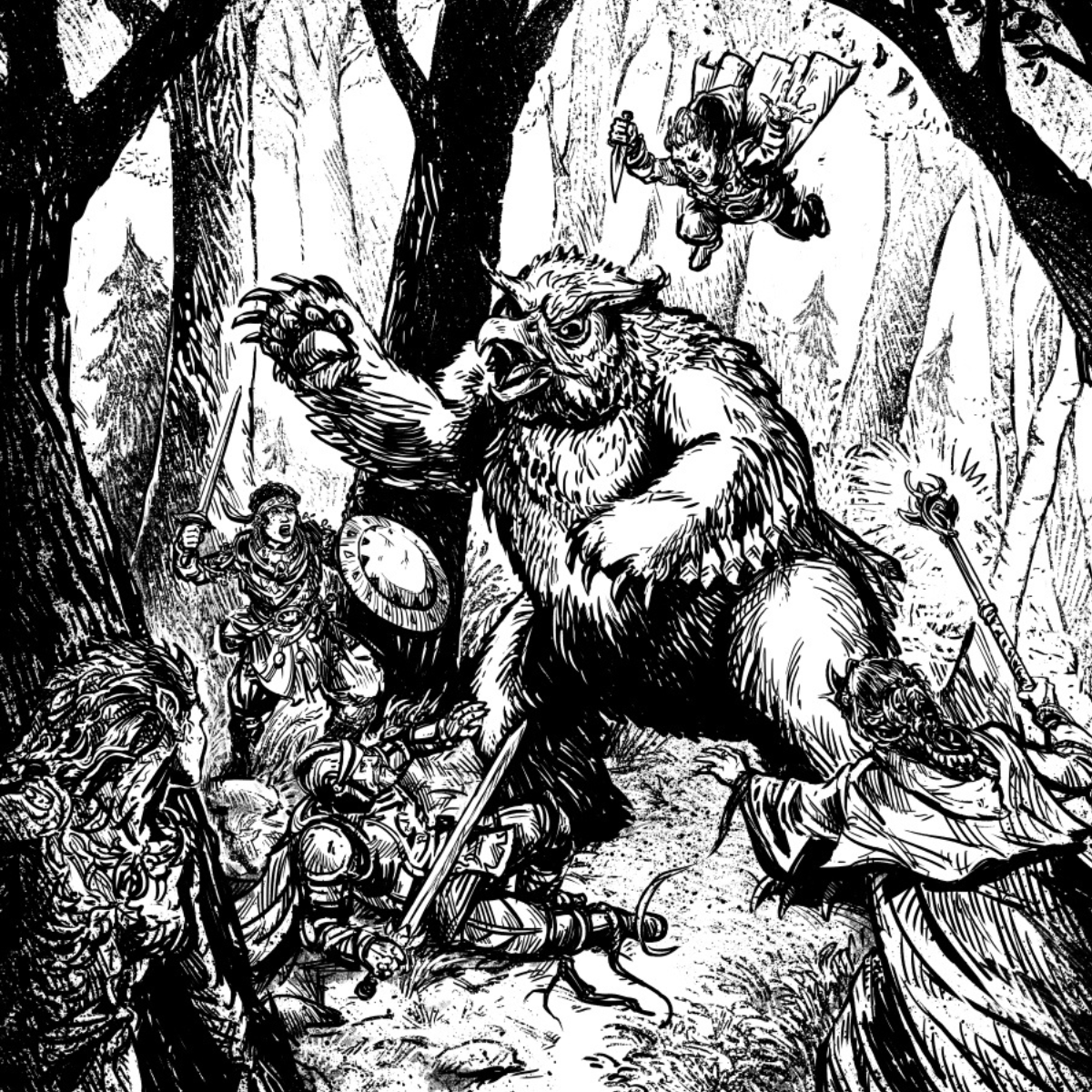6 Facets of Good Encounter Design
What makes an exciting, memorable encounter? Are four orcs in a chamber whose only purpose is to guard a chest and get whacked to death by the PCs good design? Absolutely not.
Thousands of words have been written about the mechanics of encounter design. Such mechanics are undoubtedly important, but there are other, foundational aspects of good encounter design a GM should consider when designing an adventure and its constituent encounters.
Context
The encounter should fit into, and make sense within, the adventure. If the encounter doesn’t seem to make sense, it risks shattering the players’ suspension of disbelief. If the encounter doesn’t seem to make sense, consider including some way the PCs can discovering how it fits into the adventure. For example, the PCs are in a goblin lair but encounter several orcs. The orcs might seem out of place until the PCs discover they were emissaries from another tribe seeming an alliance with the goblins.
Purpose
What’s the encounter’s purpose? Not every encounter has to include a major villain, or drive the plot forward in a meaningful fashion, but an encounter shouldn’t just be an excuse for a mindless fight. Sure, stage a fight with goblins but have some other point to it. Can the PCs rescue a prisoner, take a prisoner, destroy the tribe’s weapon supply, slay the tribe’s guards so they can sneak into the lair undetected and so on? (The only possible exception to this caveat are random encounters, which are a vital, but sadly currently unfashionable, facet of good adventure design).
Challenge
A challenge provides an opportunity for the players to roll dice and use their character’s abilities. A challenge doesn’t have to be a fight, but it should enable the PCs to use their abilities. Remember, no one likes a challenge in which they blunder about aimlessly until they finally escape or win. For example, the PCs may have to find their way through a featureless desert or extract valuable information from a prisoner. Both situations provide a challenge without combat. Also, keep in mind that different challenges can be exciting and enable the PCs to use a range of different abilities. A succession of fights against near-identical opponents in near-identical situations gets old and dull quickly.
Flavour
Flavour is something that elevates an okay adventure to an awesome adventure. Adventures need flavour. Perhaps the orcs shout a flavoursome battle cry or wear their tribal heraldic device. Include as much flavour and detail as you can up to the point where they slow play down to an unacceptably slow pace.
Environment, Terrain & Features
Encounters in a featureless room are colossally boring. In any battlefield, provide features with which the PCs (and their enemies) can interact. Can the warriors leap atop a table or knock over a barrel of wine? Does a chasm cut across part of the combat area? Is the tavern common room so packed the PCs can easily evade detection by their enemies? Providing such encounter features rewards creative, clever players and creates interesting situations.
Reward
Beyond gaining experience points, most encounters should provide some form of reward. Some creatures do not carry shiny treasure, but the PCs could be rewarded in other ways. For example, they could discover a safe place to spend the night, a secret way into the enemy stronghold or make a new friend who has valuable information to share.
Also Consider…
Considering the foundational aspects of good encounter design will help you create better, more exciting encounters for your adventures. But don’t consider them in isolation. A superior GM also keeps in mind the following things when designing an encounter:
The Characters
Studying the characters’ character sheets can provide lots of great information about what the players are hoping or expecting to do in the game. Look at the character’s feats, skills and spells and keep them in mind when designing encounters. If a character has lots of movement-based skills such as climbing, acrobatics and the like, provide opportunities for the character to gain some an advantage by using the abilities. If a character has fireball in her spellbook, don’t continually create small, cramped encounter areas in which casting the spell would be disastrous.
The Adventure
Designing an encounter in isolation from the rest of the adventure is a bad idea. Sure, you could end up with an excellent encounter, but it might have little or no bearing on the adventure. Worse, it might ruin the feel of the adventure and end up having a detrimental effect on the game as a whole. Remember, a good encounter design isn’t going to go out of date; keep it in your GM’s folder or notebook and use it when the time is right!
So there you have. Consider the points above, and you’ll be well on your way to designing memorable, exciting encounters.
Help Your Fellow GMs!
Have you got any helpful tips or tricks for encounter design? Got any examples of terrible encounter design? Share them in the comments below and help other GMs build better encounters.

